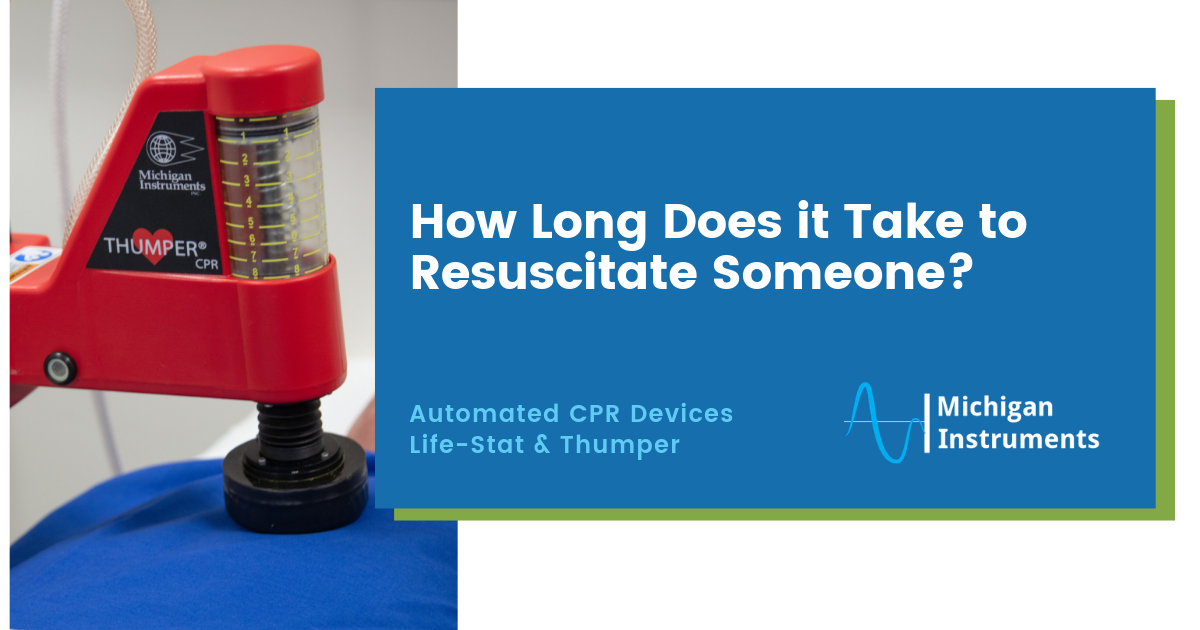How Long Does it Take to Resuscitate Someone?
Cardiopulmonary resuscitation or CPR is a lifesaving technique that is performed in various emergency situations in which an individual’s breathing or heartbeat has stopped. It’s nothing new that CPR keeps oxygenated blood flowing to the brain and other vital organs until medical treatment can restore a normal heart rhythm.
Longer Resuscitation Efforts May Contribute to Increased Survival Rates
Studies have shown that longer resuscitation efforts may contribute to increased survival rates in in-hospital cardiac arrest victims. A Japanese research report discovered that continuing CPR for a half hour or more may help victims survive with good brain function. In addition, another study found that patients have a higher outcome of survival in hospitals where resuscitation is performed for longer periods of time. While there are clearly many factors at work, researchers are finding that continuing resuscitation efforts for longer periods of time may not be as futile as once thought.
Michigan Instruments offers cutting-edge automated CPR devices including the Life-Stat and Thumper. Both devices can provide uninterrupted, continuous mechanical CPR and maintain blood flow for patients in a variety of in-hospital and pre-hospital situations. The Life-Stat device is the only mechanical CPR unit on the market that adheres to the latest CPR guidelines for both chest compression and ventilation set forth by the American Heart Association. It allows variables like compression depth and ventilation tidal volume to be controlled, ensuring optimal safety and effectiveness of CPR.
Life-Stat CPR Device Used for 3:45, Assisted in Patient Revival
Believe it or not, our Life-Stat Automated CPR Device was used for 3 hours and 45 minutes to assist in the revival of a 56-year-old male patient suffering from hypothermia. On a winter day in Michigan, the patient was found cold and unresponsive in the snow. When the EMS arrived, he had a Glasgow Coma Scale (GSC) of 6, pinpoint pupils and was given NARCAN®, but was still unresponsive. Thanks to the use of our Life-Stat device and certain warming devices, the man was eventually able to open his eyes, move his extremities, and follow commands while he was still on a ventilator. Read more of that case here.
This situation is just one of the many instances where one of our automated CPR devices was used to administer continuous, consistent CPR to patients facing cardiac arrest in a prolonged resuscitation. Our devices can be used anywhere, such as in the ambulance when patients are getting transported to the hospital or in the hospital environment.
Transitioning from manual to automated CPR with Michigan Instruments devices takes just seconds, and our devices can run for hours while physicians treat the underlying cause of the arrest. Here’s what we like to tell doctors about our automated CPR devices: “Let us do what we do, while you do what you do.”
For more information on our automated CPR devices, we encourage you to contact us today.
Sources: NBCNews.com & procpr.org




